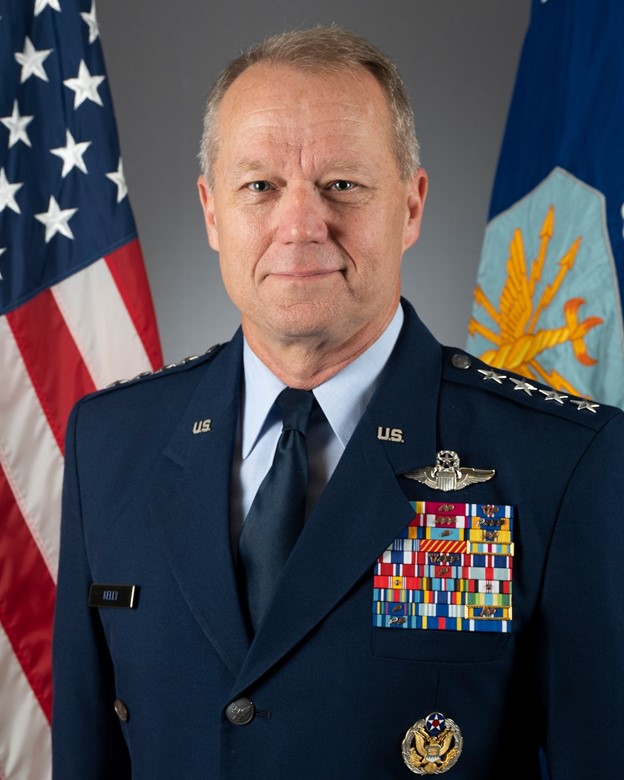
WASHINGTON — Air Force Gen. Mark D. Kelly, who leads Air Combat Command, was asked about the capabilities of Russia’s air defense systems since the beginning of Russia’s invasion of Ukraine.
“They’re operating pretty well when they’re operated by Ukrainians,” he said.
Kelly was one of the presenters at the McAleese & Associates conference in Washington on Wednesday, March 9. Generally speaking, Kelly said Russia does not have an air base defense challenge.
“They operate on layer upon layer upon layer of S-300 and S-400 (anti-air missiles), as well as SA-23s, etcetera,” he said.
Some of these systems are operated by Ukraine. According to Kelly, “The Russian air defense units, operated by the Ukrainians, they’re pretty capable systems.”
In the current war, Kelly acknowledged Russia has faced logistics and moral challenges. Furthermore, they are not used to operating without complete air dominance.
“The Russian air force has not adapted agile combat employment for a couple of reasons. One, in my opinion they’re not capable of doing it; and two, they don’t need to,” Kelly said. “They can operate pretty safe from their main air bases with that layer of defense over them.”
“The Russians themselves, I think — and ‘think’ is a key word — they’re struggling with fighting Russian systems and they’re not adhering to Russian doctrine. And we see the challenge that they have. But we also see the challenge of what happens your joint force is organized, trained, equipped to operate with air superiority, and not remotely designed operate without air superiority, what happens when you don’t have it,” he said.
In the Q&A after his remarks, Kelly commented on the value of the F-35 Joint Strike Fighter, even after all of its weapons have been expended.
Kelly said the F-35 can do significant amount of sensing, including the ground moving target indicator capability inherent to the aircraft.
“Very often, in big ‘Red Flag’ exercises, [the F-35] will expend all its weapons, and where traditionally we would go home once we’d expended all of our weapons, the information that it puts out to the rest of the joint force is so valuable, and with its air sensing ground sensing and data linking, they like to keep it out there to contribute to the rest of the joint force,” he said.
- A Day to Remember - September 11, 2023
- Indo-Pacific Maritime Security Exchange will examine emerging capabilities and capacity - July 12, 2023
- Cold Waters Spark Warm Relationship - April 20, 2023






